C’è un rinoceronte nel cuore di Brescia, una città lombarda situata ai piedi delle Alpi. L’animale selvaggio non proviene dalle selvagge lande africane, ma è frutto dell’immaginazione dell’artista bresciano Stefano Bombardieri. Stefano Bombardieri è un artista concettuale diventato famoso per le sue statue in bronzo di animali selvaggi e figure mitologiche. Sia le dimensioni sia il posizionamento delle sue opere le rende impossibili da dimenticare.
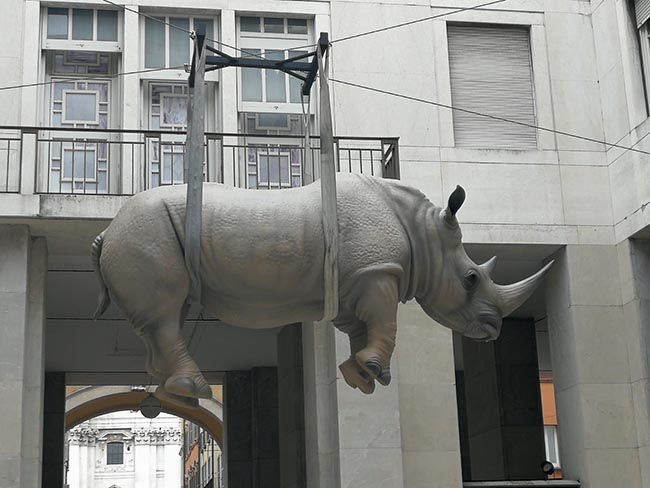
Bombardieri mira sempre a creare un’ambientazione fittizia e confusa che lascia lo spettatore senza parole. Il rinoceronte appeso a mezz’aria ha colto tutti di sorpresa quando è stato posizionato per la prima volta nel Quadriportico della Vittoria, a due passi dall’omonima piazza. I turisti e gli abitanti locali si sono interrogati sul significato di questa statua bizzarra che potrebbe essere celato nel nome completo dell’opera “Il peso del tempo sospeso – rinoceronte”.
Non è la prima volta che l’artista italiano sceglie animali selvaggi come giganteschi soggetti delle sue opere. Sembra esserci una connessione tra i lavori dell’artista e la tematica ambientale come, ad esempio, lo sfruttamento delle risorse e la consequenziale distruzione dell’habitat della fauna selvaggia.
La statua è oggi una tappa turistica obbligata nella città sia per appassionati d’arte contemporanea sia per turisti curiosi e rimarrà aperta al pubblico e gratuita fino a dicembre 2022.
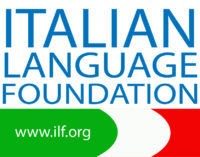
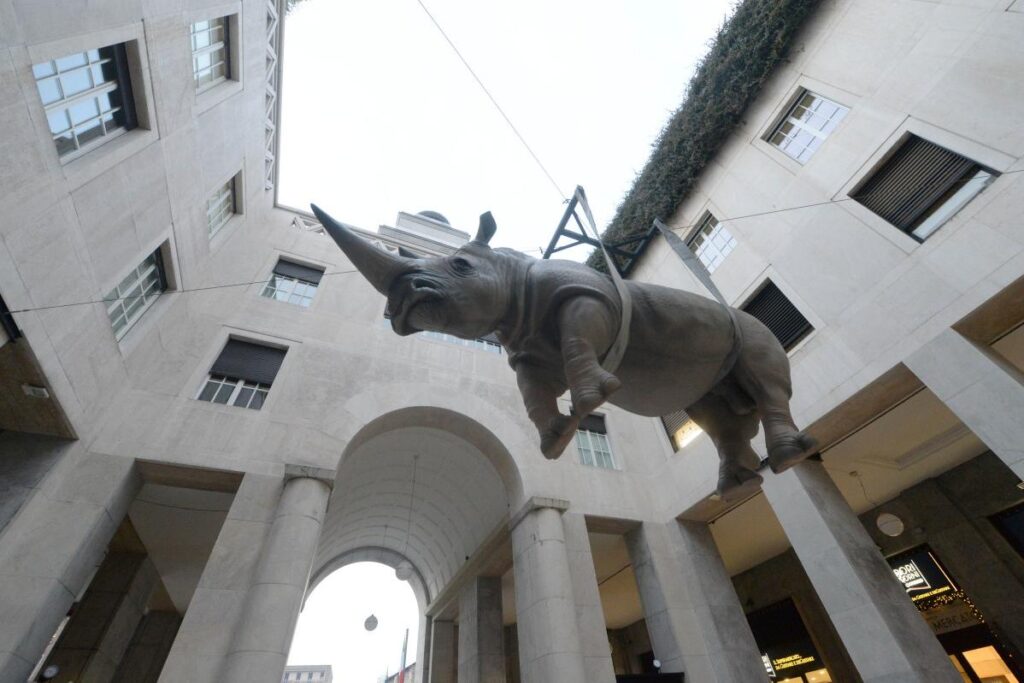

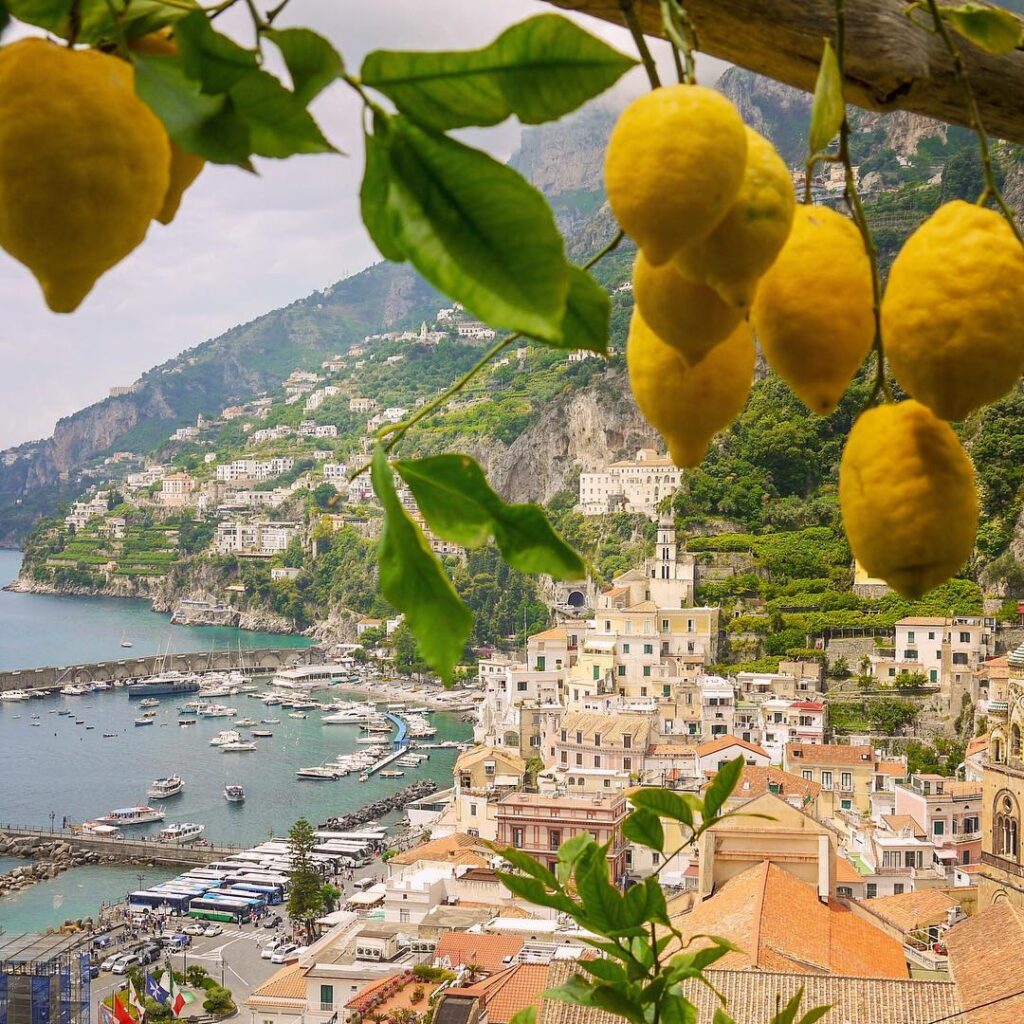
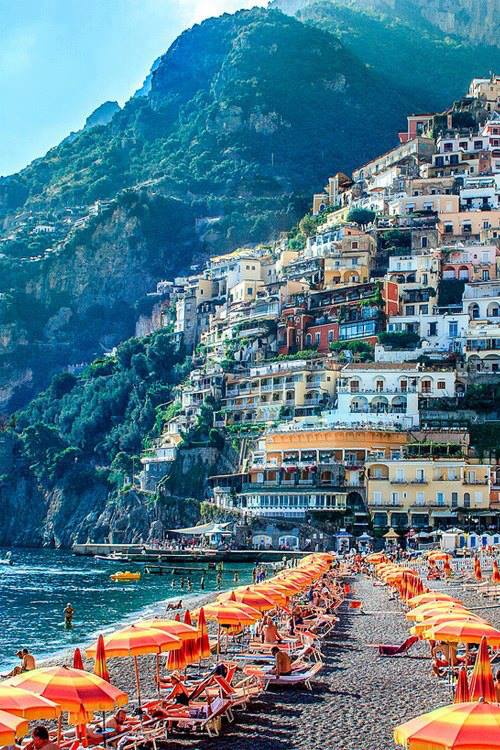
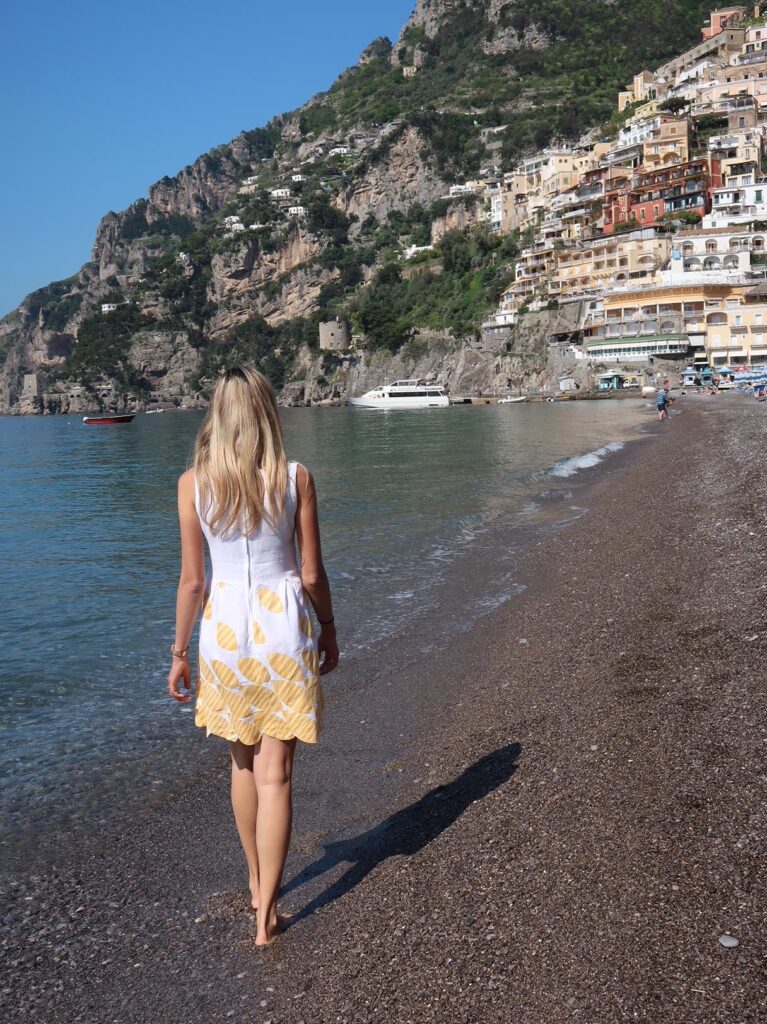
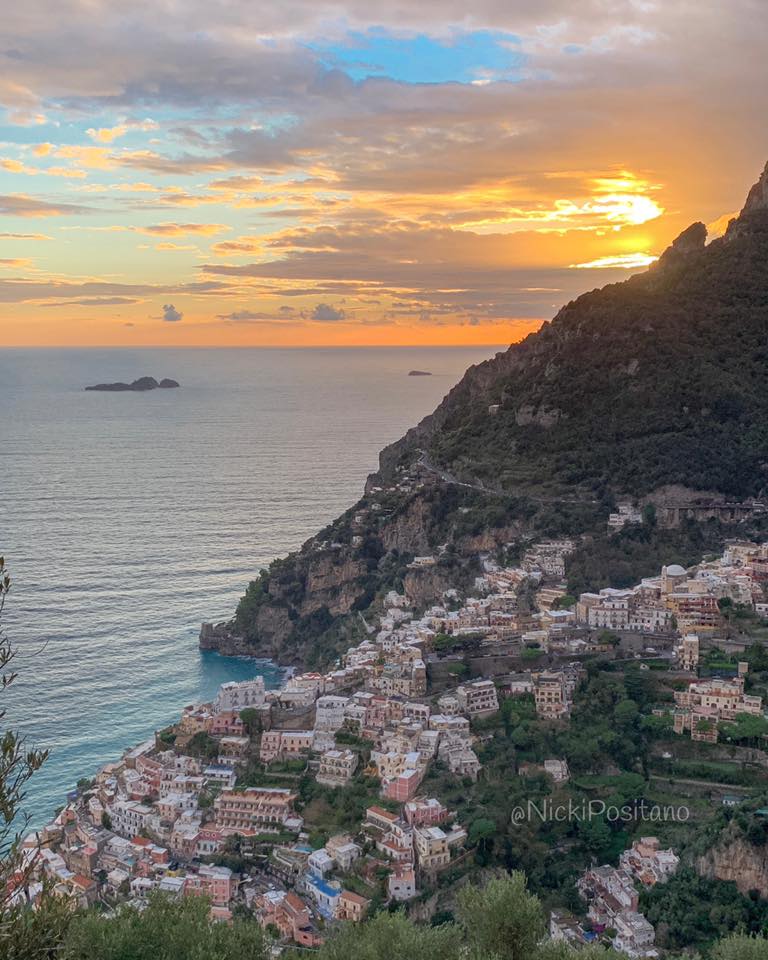
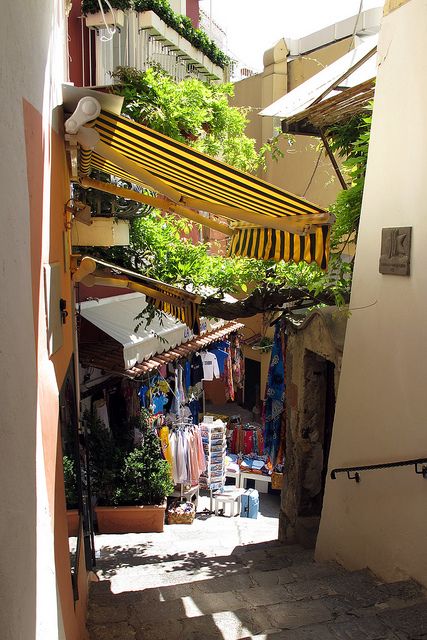
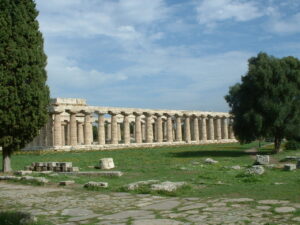
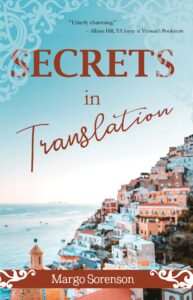

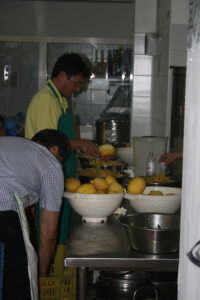

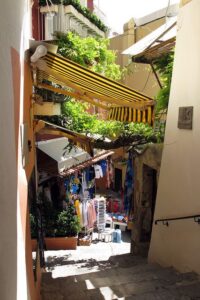
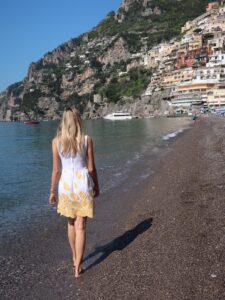
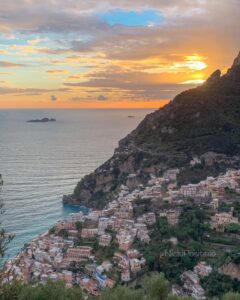
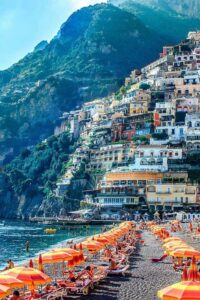

 Lo show di Bianca, intitolato “A letto con Bianca” ha avuto inizio come una serie di incontri live che Bianca teneva sui suoi canali social personali, dove discuteva di argomenti quali l’accettazione di sé, la gestione del trauma, le relazioni tossiche e l’amore per se stessi. Dato il grande coinvolgimento del suo pubblico, lo show è stato prontamente spostato da Instagram a YouTube e conta quattro episodi fino a oggi.
Lo show di Bianca, intitolato “A letto con Bianca” ha avuto inizio come una serie di incontri live che Bianca teneva sui suoi canali social personali, dove discuteva di argomenti quali l’accettazione di sé, la gestione del trauma, le relazioni tossiche e l’amore per se stessi. Dato il grande coinvolgimento del suo pubblico, lo show è stato prontamente spostato da Instagram a YouTube e conta quattro episodi fino a oggi. 